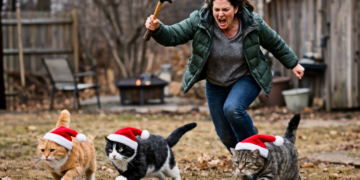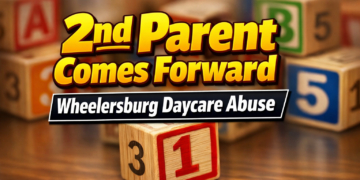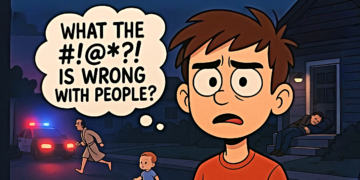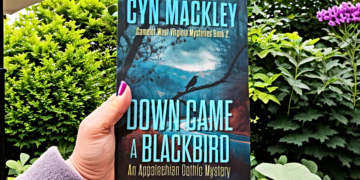Many grandparents have tales of playing with rusting old toy trucks and other risky toys. Safety regulations, while almost nonexistent back then, are much more effective today. Still, there are a myriad of ways kids can hurt themselves while playing. To lower their chances of requiring a hospital visit, think long and hard on how to buy safe toys your kids will love.
Babies and Toddlers: Shirk Small Toys
A huge priority when it comes to the tiniest tykes is toy size. Babies and toddlers compulsively jam whatever’s close to them into their mouths, so don’t let anything small come within arm’s reach. Two common culprits to watch out for are magnets and art supplies. Any magnetic material, if ingested, can do considerable harm as it pinches together with other metal. Meanwhile, paper, paints, crayons, glue, and other craft supplies can turn into a small enough form for kids to eat, which will upset their insides. Your best bet for safe fun are big toys without detachable pieces that provide some sort of audible or tangible feedback.
Study Labels Closely
Another tip for buying safe toys your kids will love is to study up on labels. Parents should shoot for nontoxic everything as well as flame-resistant materials, particularly if the toy has some fabric to it. Formaldehyde, PVC (vinyl), and lead, though less common, still pop up in some imported and passed-down toys.
Speaking of hand-me-downs, adopt a stance of caution when considering giving them to your kid. Though your old toys carry sentimental value, they may also carry lead and other harmful substances you don’t know about. Not only that, but they may fall apart easier than newer toys and introduce an unexpected choking risk. If you really want to share your childhood with them, though, do your research on your toys’ construction and materials and keep an eye on play.
Bigger Kids: Regulate Risky Play
As your child approaches double-digit years, they earn some trust. Though you may still have misgivings, you can expose them to more unpredictable toys with your supervision. Rather than keeping them away from slime, a commonly banned household toy lay the ground rules for it and learn how to make slime play safe. You can also introduce them to chemistry sets and circuit sets with multiple small pieces and substances that open their minds up to new topics.




















































































